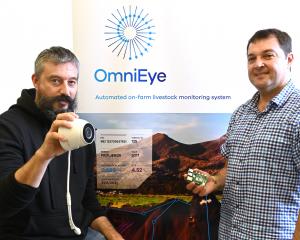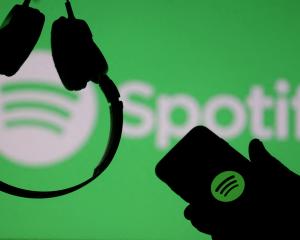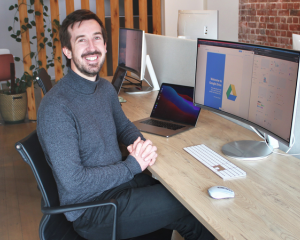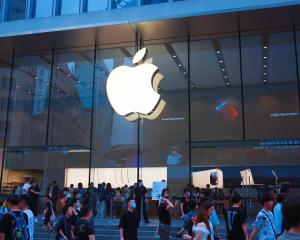A Silicon Valley executive whose previous venture was synonymous with Internet piracy has found a way to play nice with Hollywood.
BitTorrent Inc. co-founder Ashwin Navin is working with television networks and consumer electronics companies on a new technology called Samba that aims to deliver enhanced viewing on Internet-connected "smart TVs."
Navin said his experiences with BitTorrent and the backlash engendered by the file-sharing pioneer spurred his decision to work in collaboration with the entertainment industry - instead of pursuing a path of business disruption.
"You can get a lot of great press, you can get all the bloggers and social media folks really excited with statements like, ‘I'm here to kill cable,' " said Navin, 35. "But that doesn't actually work. It's not productive, because cable and subscription television is subsidizing and paying for the programming we love."
Navin's San Francisco company, Flingo, draws from the same body of academic research for Samba that underlies the U.S. Department of Homeland Security's face recognition technology to teach smart TVs to "see" the images flickering on the screen.
Like an infant opening her eyes for the first time, the software is trained to recognise actors' faces and objects on the screen. It uses these visual cues to identify a show in real time by comparing it with a database of hundreds of channels of content.
Once Samba determines what a viewer is watching, it delivers contextually relevant content, such as casting information or social media conversations, directly to the TV - as well as to other screens in the room. The software synchronizes the devices automatically, via the Internet, so the consumer doesn't need to download a special application. The supplemental material is available through a Web browser running on a tablet, smartphone or the TV itself.
"From a consumer point of view, (Flingo's) doing a nice job of stitching these things together based around a TV-centric experience," said Paul Gray, television research director for NPD DisplaySearch. "And not trying to be a PC in your living room - which is the big danger."
Flingo is one of several companies seeking to serve as the technological glue that connects the living room TV with the smartphones, tablets or laptop computers that millions of consumers have in their hands, along with their TV remote controls.
One Nielsen study found that 86 percent of tablet owners and 84 percent of smartphone users said they check these screens while they watch TV. Television networks have been grappling with the intrusion of these small screens, which compete with the TV for viewers' attention.
"If we can find ways to connect those screens, we can deepen the engagement with the show, we can remind people that they are watching TV," said Hardie Tankersley, Fox's vice president of platforms and innovation. "Being able to match the ads that you're seeing on your laptop with the ads that are running on TV - that has tremendous potential for brands, who advertise both on TV and the Web. To be able to synchronize up is really powerful."
Companies such as Zeebox, Yahoo's IntoNow and Shazam Entertainment offer smartphone and tablet applications that identify TV shows and deliver supplementary content to this second, smaller screen - including cast lists, a plot synopsis and interactive features such as polling.
Flingo's Navin is placing his bet on a different screen: the TV. Announcements of partnerships with device makers are expected next month at the Consumer Electronics Show in Las Vegas.
Smart TVs are moving from a novelty to the mainstream, with shipments expected to grow 15 percent worldwide this year, according to NPD DisplaySearch. Some 43 million of these devices - TVs that connect to the Internet and provide access to services such as YouTube, Netflix or Hulu - are expected to ship globally this year. That number is projected to reach 95 million by 2016.
This momentum is less obvious in North America, where Internet-connected TVs have been slower to catch on than other parts of the world, Gray said. That's because purchases are linked to media consumption habits. In China, for example, consumers watch free Internet content - and favour TVs with built-in browsers, which make it easier to watch streaming video.
Similarly, in Western Europe, where half the households receive TV programming via over-the-air signals, broadcasters provide past episodes free online for consumers to do catch-up viewing. That's helped spur demand for Internet-connected TVs, Gray said.












